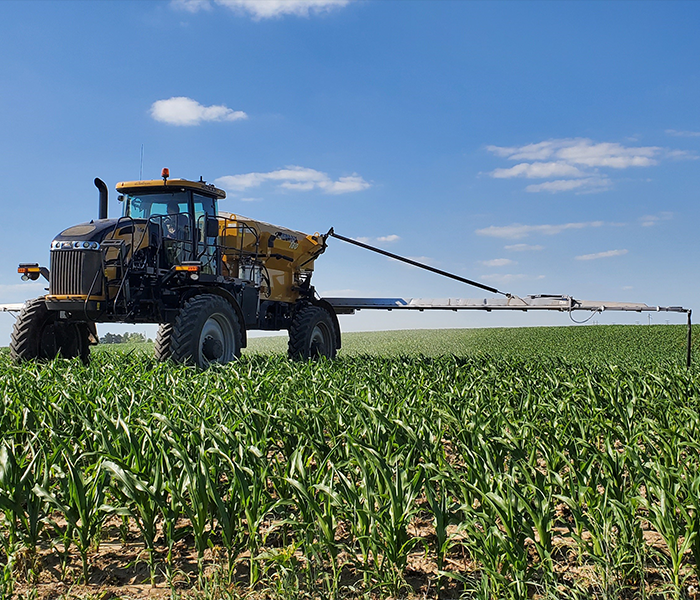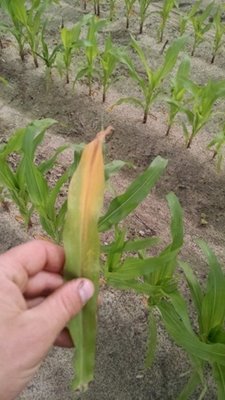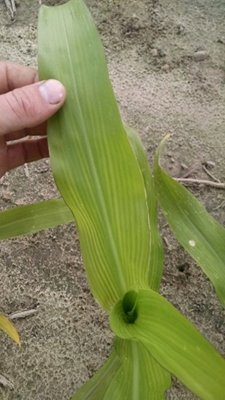Premier Co-op

December Energy News
I hope you were able to enjoy Thanksgiving with family and friends. And I hope you’ve recovered from your food coma. For the 10 of you (including my mom) who read my newslett...

As we move into the growing season, ensuring your crops have the nutrients they need to thrive is critical. Whether you and your agronomist planned for split-applied nitrogen or not, one of the most effective strategies to boost corn performance is with an in-crop application of nitrogen. This practice delivers nitrogen directly to plants when they need it most, supporting vigorous growth and optimizing yield potential. For farmers looking to enhance productivity while maintaining efficiency, top-dressing urea is a proven practice for success.
The primary benefit of top-dressing corn with urea and sulfur is its ability to provide a timely nitrogen boost during key growth stages. A corn plant will begin to set its ear size between the growth stages V5 and V12. By applying urea during these critical growth stages, you ensure that plants have the “groceries” they need for robust leaf development, strong stalk formation, optimal ear development and grain fill. This targeted approach minimizes nutrient deficiencies that can limit yield, especially in soils where nitrogen may leach or become less available over time.
Another advantage of top-dressing nitrogen (and other nutrients) is its flexibility and efficiency. Unlike pre-plant fertilizers, in-crop applications allow you to assess crop conditions and adjust fertilizer rates based on real-time needs. For example, if early-season weather or soil conditions have reduced nitrogen or sulfur availability, a top-dress application can correct deficiencies before they impact yield. Keeping a close eye on your crop during these formative growth stages is of the utmost importance. See Figure 1 (left) for a closer look at nitrogen deficiency in corn. See Figure 2 (right) for a closer look at sulfur deficiency in corn.


Images courtesy of the University of Georgia
As always, fertilizer applications are best done before a rain event. It’s too bad we can’t control the weather. We can, however, control the environmental stability of urea as we spread it. Through the use of nitrogen stabilizers, we can buy ourselves critical time until the next rain event. With a treatment of Anvol, you can minimize your nitrogen losses for up to two weeks after application.
Top-dressing nutrients, more specifically nitrogen, is a practical and data-backed strategy to support crop health and profitability. By delivering nitrogen when it’s needed most, you can address nutrient gaps, adapt to seasonal challenges, and push your yields to the next level. As you plan or adjust your management practices this season, consider a top-dress application of nitrogen and sulfur to give your crop the competitive edge it needs to succeed.
If you have any questions on nitrogen applications or stabilizers, please reach out to our local Premier agronomist. Thank you for your business!